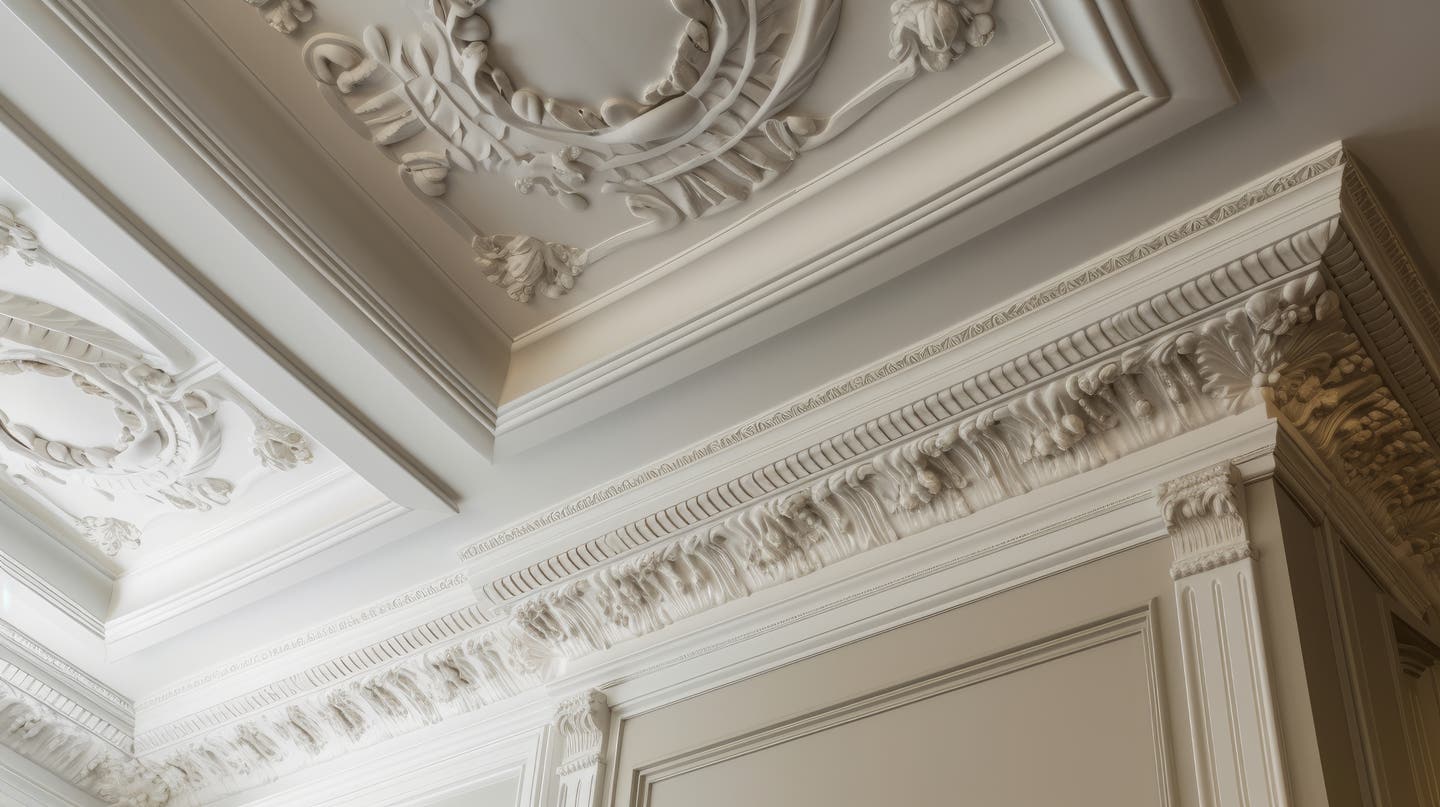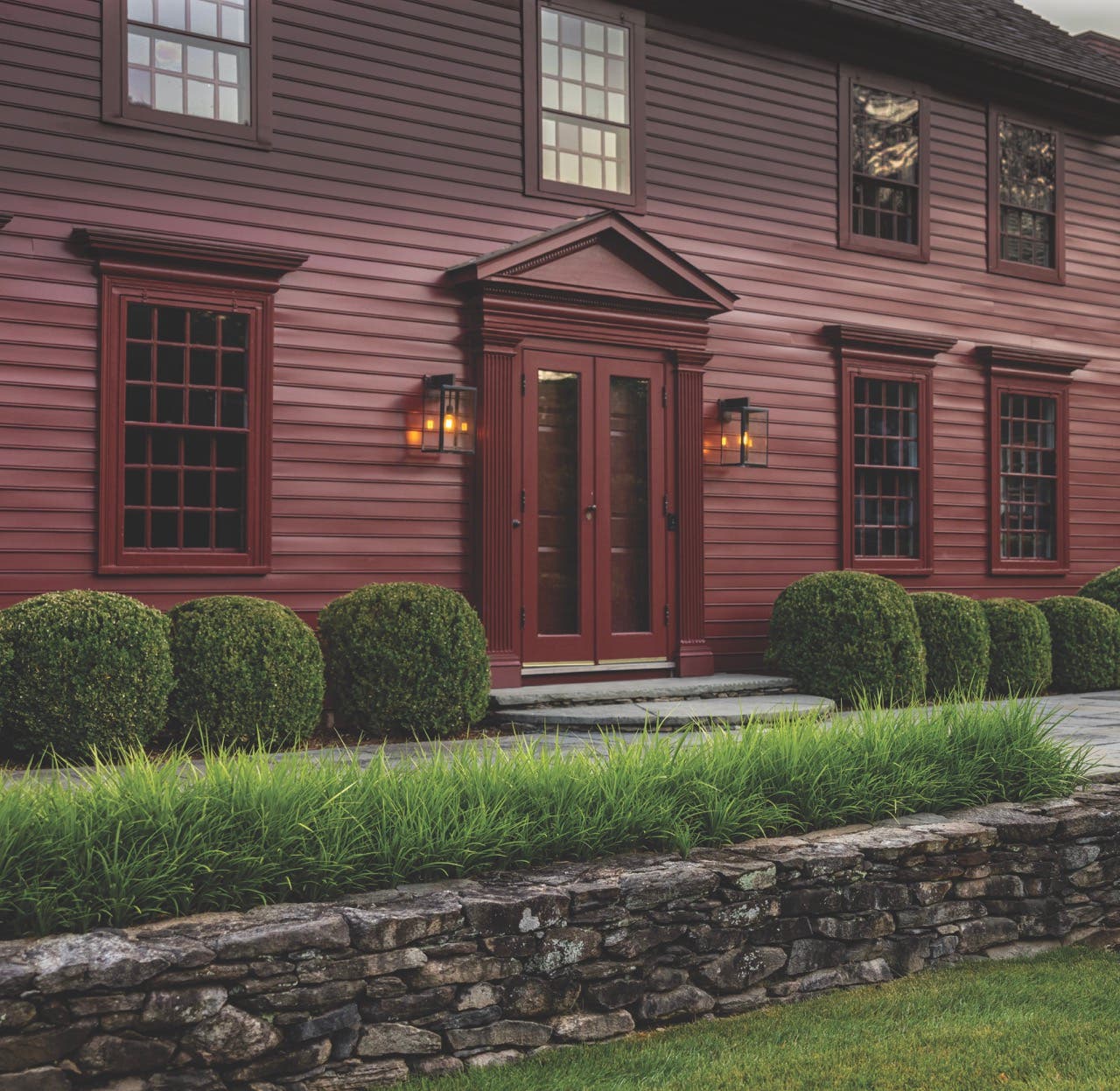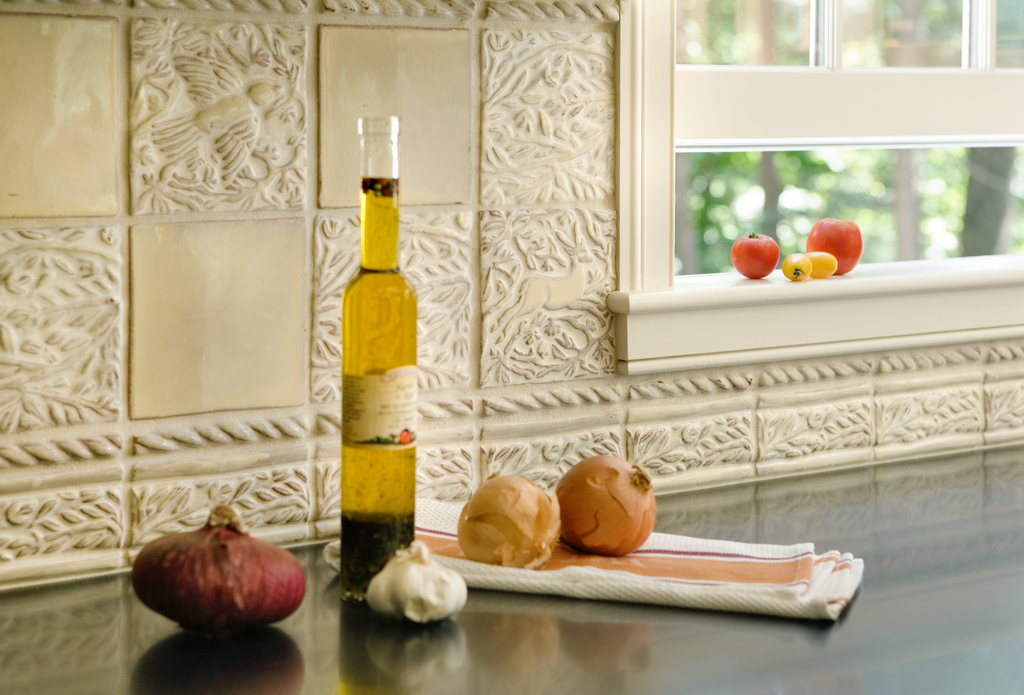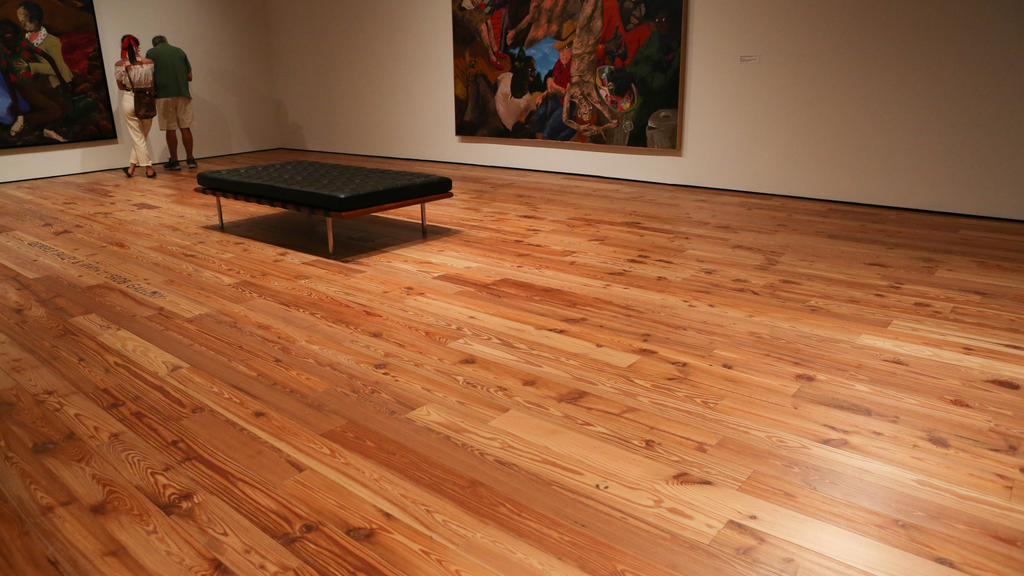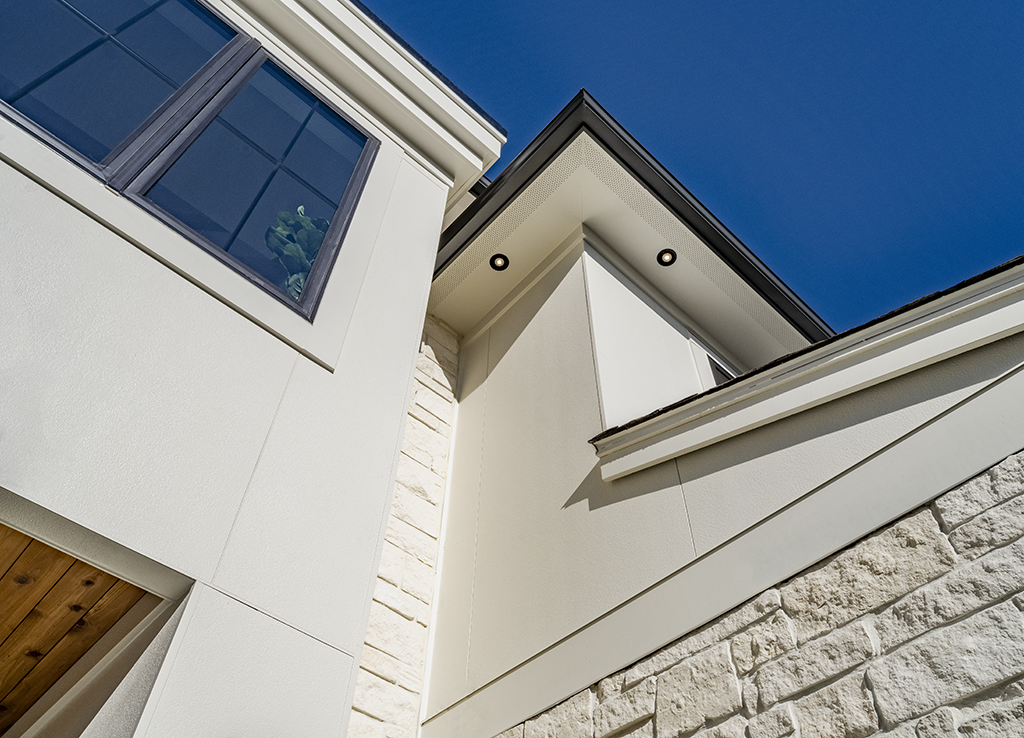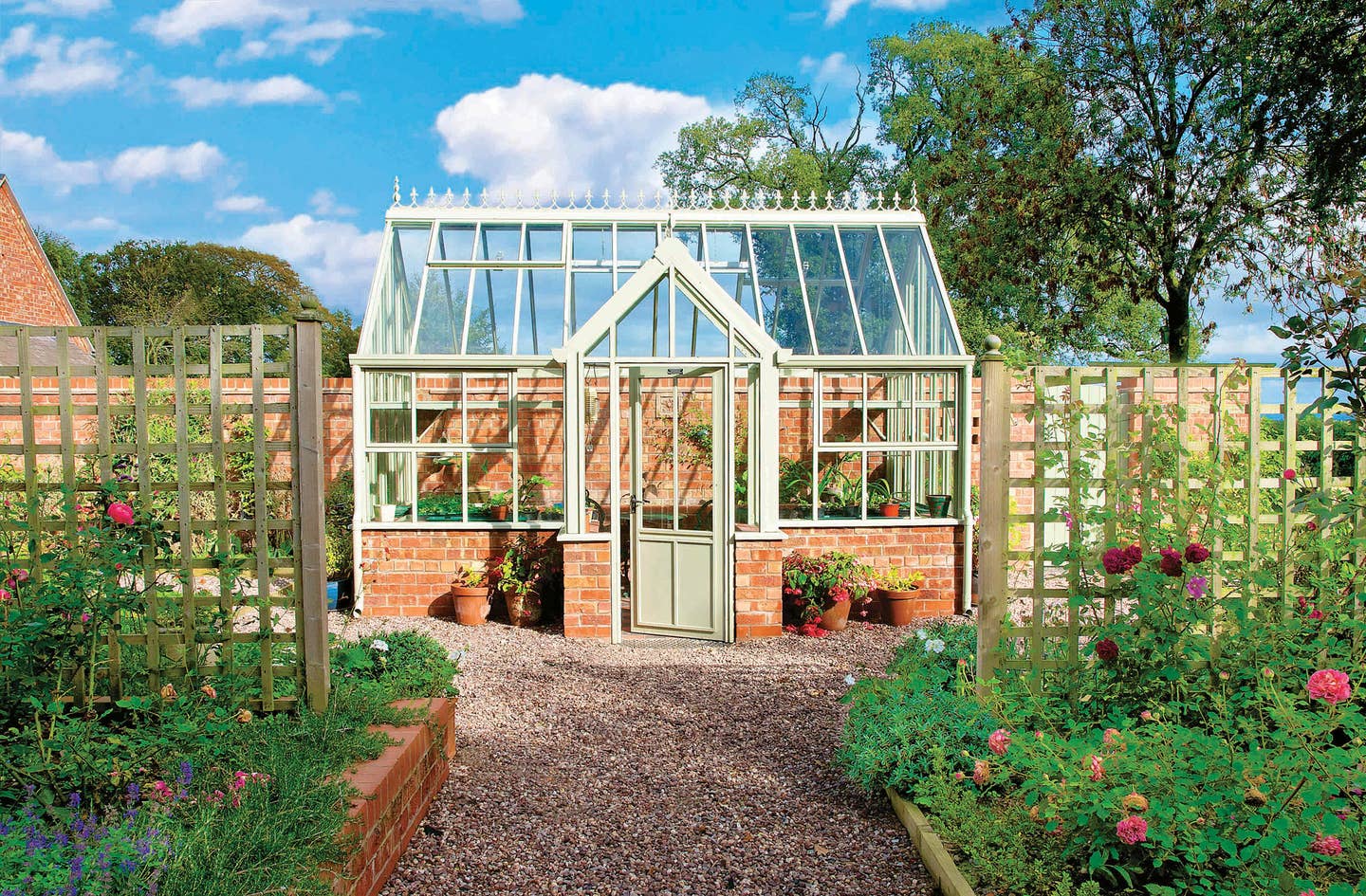
Product Reports
Conservatories for The Period Home
Transparency is bigger than ever—not just in government, but even more so for period homes shining with glass enclosures from conservatories, greenhouses, and orangeries to skylights and lanterns. Since the options for design as well as the glass itself increase every year, some lucid expert insights can help architects and clients reflect on the choices in this many-sided marketplace.
With housing construction recently through the roof, has the glass house followed in its path? “So far, we’re as busy this year as we were last year,” says Steve Pearson at Renaissance Conservatories in Leola, Pennsylvania, “and we were busier last year than the year before, so things are picking up.” While he says these projects take time to develop,” I think more people are building, and they’re building faster.”
Neal Bobrick with Hartley Botanic based in Woburn, Massachusetts, is equally optimistic. “Greenhouses are as ubiquitous in England as garages are in America,” he says, while noting his company’s 80th anniversary, “so from our perspective, the United States is a market full of possibilities, and our business is doing extremely well.”
At Tanglewood Conservatories in Denton, Maryland, Alan Stein takes a broad view. “Most of our work is spread across the country, with more on the coasts and in the upper Midwest, but I think wherever people have the means, there’s a growing interest in the kind of work that we do.” Meanwhile in Pomfret, Connecticut, Jim Potrzeba reports, “Business has been steady for us,” at Glass House LLC. “We’re a niche industry, not a kitchen or bathroom but a specialty space—even a luxury,” he explains. “That’s not for everyone, but it is a quality-of-living and healthy-and-happy-environment type space, so there’s a high priority on that.”
For a category that, as recently the 1960s, offered little more than a handful of holdover companies from the 1920s—and almost no one manufacturing domestically—glass structures have rebounded into a diverse industry. As an example, Stein says his company is known for their tremendous variety. “We do wood and steel conservatories, and we’ve worked with bronze, plus greenhouses complete with all the growing and horticultural systems—a whole host of work.” Rather than be limited by outside suppliers, they like to control the manufacturing as well as the design. “We’ve really pushed the boundaries for years because we do so much of it ourselves.”
Bobrick, on the other hand, takes pains to make clear his company’s focused approach. “What we do is a true, growing greenhouse, in the sense of an English garden,” he explains. “It allows the owner to control the temperature for whatever they’re cultivating in whatever climate they’re in, so that they can grow plants year-round.” In contrast, he says a conservatory is basically a living space. “While some people with greenhouses will add tables and chairs to have a glass of wine, a greenhouse is not a living space.” One type of buyer he says is the wealthy person with not only property but also a staff gardener. “Another type is the horticultural expert or hobbyist who understands the value of a greenhouse and has the wherewithal for one.”
These days, the industry is not exclusively about full-size structures. Pearson says that while they do build freestanding units, most of their commissions are for additions or projects that are part of a building. “A lot of people build a conservatory onto a kitchen to make a sort of breakfast area, or they have it off the side of a library or living room for entertaining.” Big conservatory projects remain a regular part of the business, but so too are smaller units. “You might say we are passively involved in a lot of kitchen remodeling,” he notes. “We sell a lot of glass-top bay windows to people who want to replace an existing kitchen window with something different, and we make a glass-top garden window that often ends up over a sink and behind a counter.” He adds that they also see a fair amount of enclosures for spas or lap pools. “In those cases, we often don’t do the whole addition, just one end of a room built with regular construction walls.”
Nor does it have to be exclusively about new construction. “We do a fair amount of rebuilds through updates and insurance work,” says Potrzeba, noting last year’s record for natural disasters. “We see buildings pushing 75 to 100 years old that, while they may have interesting lines and character, are fatigued or don’t conform with the performance and energy efficiency standards of newer structures.”
In fact, he says their projects are as varied as ever, with skylights and lanterns, which the company has pioneered as products since the 1990s, still a very large proportion of the business. “Homeowners and designers put a pretty high value on day lighting to bring a more open feel to a space,” says Potrzeba, “and some of the skylighting we do in lanterns and interior rooms affords natural light to areas that might otherwise be dark.
Vitreous Styles
For a structure with such a strong visual impact, architectural style—or lack thereof—is an important consideration for many projects. Stein says they do the “English conservatory look” as well as a lot of different styles. “The big distinction is between traditional and much more contemporary, or modern,” he explains, with the latter currently very popular. “People are looking for minimal structure and very narrow sight lines.” However, when clients ask for a design to match the style of their house when it was built, he suggests they’re limiting their opportunities. “When conservatories were first developed in the 19th century, they were so different they couldn’t look like the house. So people reveled in the contrast, and a conservatory would be a frivolous folly, a piece of whimsy.”
Says Bobrick, “The most popular product that we sell in the United States is our Victorian greenhouse, a look that, I think, that represents the English period style.” He adds though that since the company has increased their focus on the western states they’ve seen an interesting trend. “Our modern-style greenhouses, what we call our Opus series, is very popular in the West, especially in California and the coast, and you can imagine why.” The East Coast, he explains, especially New England, has more older homes and Victorian architecture, while the western part of the United States leans more towards modern. They’ve also put Victorian structures in very modern properties, “but in most cases customers are looking for a structure that will fit their yard or farm and allow them to grow year-round.”
Within that range he says they offer abutting greenhouses and leant-to greenhouses as well as freestanding structures. “Most of our projects are standard structures designed to fit whatever needs the customer has,” he says. “One of our tag lines is ‘Born to be Bespoke,’ so if the customer can imagine it, we will try to build it for them.”
Pearson too says they field a wide range of style and form requests. “We do a lot of Victorian and Edwardian-type rooms,” he says. “as well as a lot of skylights and lanterns, which are skylights with short vertical walls akin to a cupola.” Skylight projects often replace units built decades ago, and here clients typically ask for narrow pieces of glass similar to how skylights were built way back when. “In California, however, clients want gigantic pieces of glass and very little framing, which can be a structural issue in an earthquake zone,” he explains. “Sometimes we have to say, ‘We can’t do that; we have to split it up.’”
Pearson says they build in wood. “We do some white oak and red oak, and we’ve built units in Douglas fir, but for the most part we use either Cedro mahogany or Honduran genuine mahogany.” This is all cabinet-grade wood, he explains, which is both durable and stable. “As in making windows, you don’t want anything to warp, but mostly the appeal is the aesthetics.”
Glass, the Cutting Edge
The most widespread interest now is the glass, such as types of what are sometimes called dynamic glass. As Stein explains, “It changes from transparent to opaque either with a flick of a switch or on its own, based upon the sun radiation hitting it.” He adds that greenhouses, conservatories, and other sloped glazing are a real specialty, and the technology has changed substantially—even in the last five years. “We’re starting to build rooms that are all glass with little or no structure, or a combination of very, very delicately handled structure with the rest glass.” He adds, “There’s just no way that many architects would know how to even approach a structure like based upon what they usually encounter.”
Says Bobrick, “Every piece of glass in our greenhouses is a single pane wrapped in thermal protection rubber and then inserted into the greenhouse frame, so there’s never any glass-to-metal or glass-to-glass contact.” Bobrick adds that his company’s products are designed to hold 4mm, single-pane, tempered glass, which is 99 percent of the installations. “A greenhouse is intended for growing, and double-pane or shaded glass is meant more for conservatories.”
“Glass technology keeps getting better,” says Pearson, “but many of these innovations are pretty expensive at this point,” noting that with electric glass every piece has to be wired to a switch or control, which is labor-intensive. “Plus, if you’re a traditionalist, you’ll have to live with that fading in and out.” Low-e coatings are improving too, he points out. The two main types—hard-coat and soft-coat—differ in how much light they transmit, or how well they block heat from the sun, but may also give glass a bluish or reddish tint. “Most people who build a traditional, British-style conservatory want it to look like one with clear glass,” adding that tints may be less obtrusive on ultra-modern structures.
According to Potrzeba, “Photo-voltaics are still growing, I think, and have been longer coming than anticipated.” He adds that insulated glass has gotten marginally better in the last couple of years. “As fabrication gets more automated, and the quality of materials such as sealants improves, the lower the failure rates of insulated glass and the more durable and lasting the structure.”
He points out that today energy sub-codes come into play, and architects and designers must look at the overall building envelope more specifically. “In the 1920s, and even into the 1950s and ’60s, for example, they weren’t thinking as much about what it’s going to cost to heat a greenhouse or conservatory, or how it’s going to affect the temperature in the living room, based upon the amount of glass area.”
Perhaps the most important facet of a glass project is how the project starts. For Stein, the best scenario is when the architect approaches him with a client who’s interested in a conservatory or greenhouse or specialty skylight. “We’re brought in early so we can talk directly with the client because, with our experience, we’re sometimes able to read between the lines on what the client is saying, and often come back with options that are a little different from where the architect was headed.”
Potrzeba heartily concurs. “Oftentimes we see a design in place that is presented as ‘the look we’re after,’ but which might not be the most cost-effective or energy-efficient,” he recalls. Instead, he encourages architects to have the supplier of the glass structure involved early in the process, so they can give them guidance within the systems that make sense for the project. “At the end of the day, the architects and designers, the builder, and the glass supplier are all working toward the common goal of the best interests of the end-user.”
Glass House Manufacturers
Glass House, LLC
glasshouseusa.com
Hartley Botanic
hartley-botanic.com
Renaissance Conservatories
renaissanceconservatories.com
Solar Innovations
solarinnovations.com
Tanglewood Conservatories
tanglewoodconservatories.com
Gordon Bock, co-author of The Vintage House (www.vintagehousebook.com), is an in-demand speaker for courses, seminars, and keynote addresses through www.gordonbock.com.




